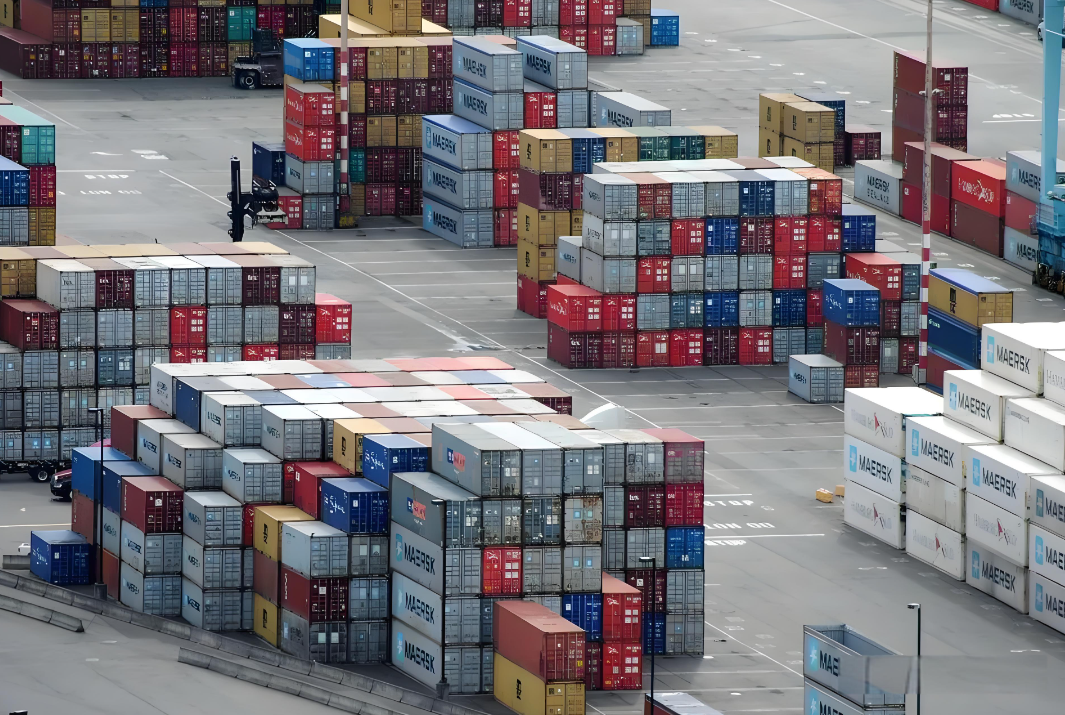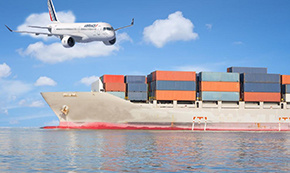All categories >
How to effectively avoid delay and storage charges in international shipping
Categories:
News Center
Time of issue:
2024-10-18 18:05
Views:
Demurrage and storage fees are in.International ShippingThe following are some effective ways to avoid these costs:
1. pre-shipment planning
Accurate estimation of goods production and transportation time
Before arranging the transportation of goods, you need to fully communicate with the production department, suppliers, etc. to understand the production progress of the goods, and try to accurately estimate the time when the goods can be completed and ready for shipment. This will prevent the goods from being loaded on time due to production delays, thus reducing the time containers spend on the yard or dock.
For example, if you are an electronics manufacturer, immediately after receiving an order, make a detailed production plan with the production department, while considering possible unexpected situations, such as delays in the supply of raw materials, equipment failures, etc., and set aside a certain amount of time Buffer so that the goods can be prepared before the scheduled shipping date.
Reasonable choice of shipping schedule and route
According to the delivery time requirements of the goods and the production schedule, select the appropriate shipping schedule and route. If the delivery time of the goods is relatively loose, you can choose a later but lower freight schedule to avoid premature booking and long-term idle containers.
At the same time, the transportation time and port congestion of different routes are also different. You can consult freight forwarders or check shipping information to understand the dynamics of each route and choose a smoother route to reduce the risk of delays in transit.
For example, for goods destined for Europe, if time permits, you can choose the route via the Suez Canal. Although the transportation time is relatively long, the freight rate may be lower and some congested ports can be avoided.
During the transportation of 2. goods
Closely follow the progress of cargo transportation
After the goods are loaded on board the ship, the progress of the shipment should be tracked in time to understand the ship's navigation and the expected time of arrival. The location and status of the goods can be queried through the tracking system provided by the freight forwarder or the website of the shipping company.
Once it is found that the goods may be delayed, such as bad weather, port congestion, etc., it is necessary to communicate with the freight forwarder and consignee in a timely manner to negotiate solutions, such as adjusting the receiving time, arranging temporary storage, etc.
For example, when you learn that the ship on which the goods are shipped is delayed due to the impact of the typhoon, you should immediately notify the consignee and discuss with the freight forwarder whether you can arrange temporary storage of the goods at the port of destination to avoid high demurrage and storage charges.
Speed up customs clearance and pick-up
Before the goods arrive at the port of destination, prepare the documents and information required for customs clearance in advance to ensure that the customs clearance work can be carried out smoothly. You can entrust a professional customs clearance company or freight forwarder to assist in customs clearance procedures to improve customs clearance efficiency.
At the same time, keep in close contact with the consignee and urge it to arrange delivery as soon as possible. If the consignee is unable to pick up the goods in time for special reasons, it may be considered withFreight ForwarderNegotiate the temporary storage of goods in the warehouse or transshipment to other locations to avoid the backlog of goods at the port or yard.
For example, you can send the invoice, bill of lading, packing list and other documents required for customs clearance to the consignee or customs clearance company in advance after the shipment of the goods, so that they can start preparing for customs clearance before the goods arrive. Once the goods arrive at the port, they can quickly clear customs and pick up the goods.
3. communication and coordination with relevant parties
Keep good communication with forwarder
Establish a good cooperative relationship with freight forwarders, and timely reportFreight ForwarderFeedback the production and transportation of goods so that the freight forwarder can provide you with more accurate transportation suggestions and plans.
If there are problems in the transportation process, such as damage to the goods, delays, etc., it is necessary to communicate with the freight forwarder in time and negotiate solutions together to minimize losses and costs.
For example, when you find that the goods are partially damaged in transit, immediately notify the freight forwarder to assist in handling claims and adjust the transportation plan according to the actual situation to avoid delays and additional costs caused by damage to the goods.

Negotiate with shipping company to extend free container period
When booking a cabin, you can try to negotiate with the shipping company to extend the free box period. Some shipping companies will give certain preferential policies to extend the free container period according to the actual situation and business volume of customers.
If the goods are indeed delayed due to force majeure factors, you can provide relevant supporting materials to the shipping company and apply for the reduction of the delay fee and storage fee.
For example, you can explain to the shipping company that the goods have been delayed due to a port strike, provide relevant news reports or official notices as proof, and request the shipping company to reduce some of the fees.
Keywords:
Demurrage,Stacking fee,Free Box Period










